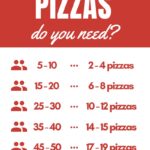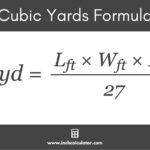So, you’re dreaming of taking to the skies? Becoming a pilot is an exciting prospect, but understanding the financial investment is crucial. The question “How Much Is Pilot School?” doesn’t have a simple answer. The cost of pilot training varies significantly depending on your goals, the type of license you’re pursuing, and the flight school you choose. This guide provides a detailed breakdown of the costs associated with different pilot licenses and offers tips on how to save money on your flight training journey.
Pilot License Costs: A Detailed Overview
The cost to become a pilot is dependent on the pilot certificate that is obtained. Here’s a detailed table summarizing the approximate costs associated with each pilot certificate:
| Pilot Certificate | Cost |
|---|---|
| Student Pilot | $75 – $200 (for medical certificate) |
| Sport Pilot | $7,200 |
| Recreational Pilot | $10,300 |
| Private Pilot | $15,000 – $20,000 |
| Commercial Pilot | $55,000 – $100,000 |
| Flight Instructor | $5,000 |
| Airline Transport Pilot | $5,000 |
| Drone Pilot | $0 – $450 |
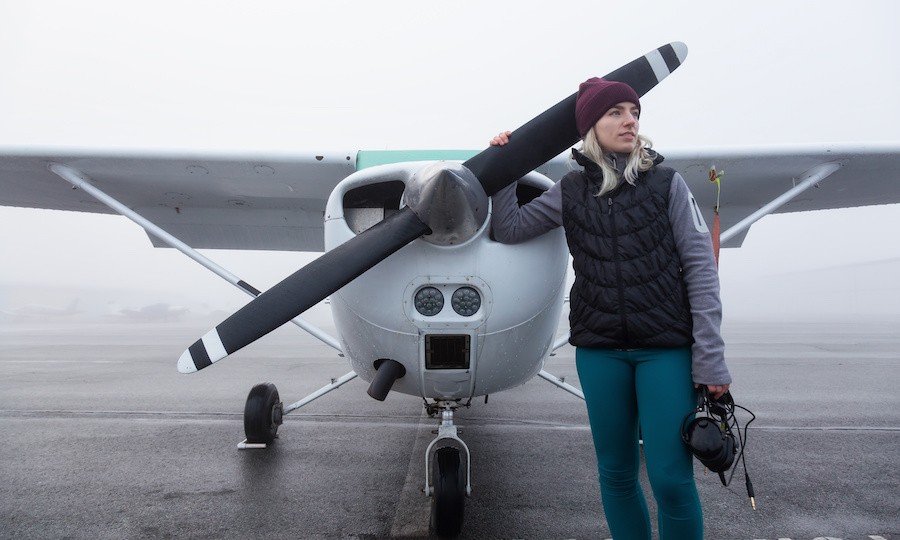
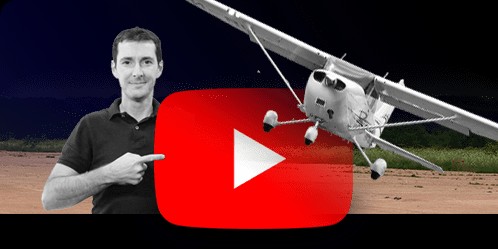
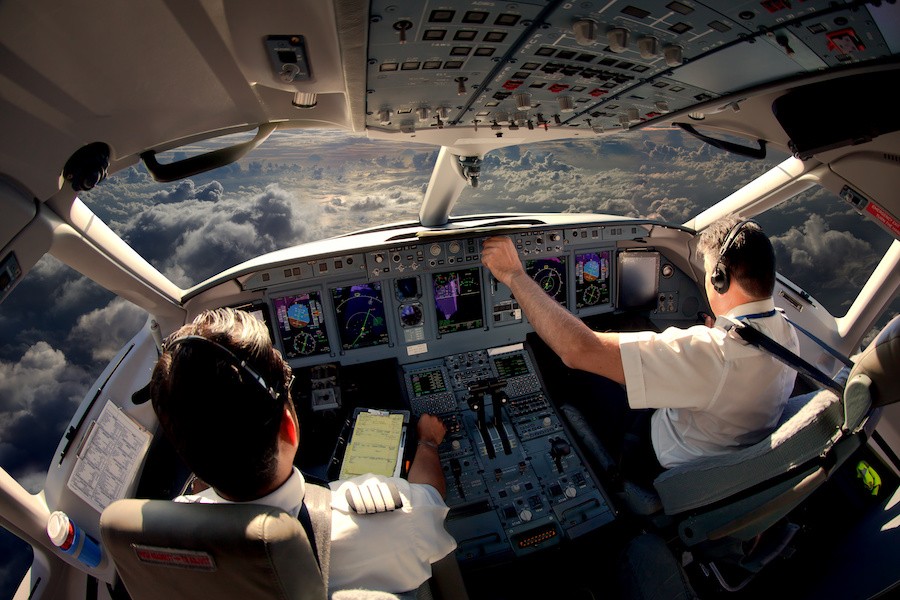
Let’s break down these costs further:
Medical, Written, Practical Exams, and Miscellaneous Costs
Before you even start flying, you’ll need a medical certificate from an Aviation Medical Examiner (AME). The cost for this ranges from $75 to $200. Knowledge test fees typically run between $140 and $165, and the practical exam (checkride) can cost anywhere from $350 to $550, and even over $1000 for flight instructors. Don’t forget essential supplies like a headset, books, and other training materials, which can easily add another $500 to $1,000 to your expenses.
Student Pilot License Cost
The student pilot license is the first step for most aspiring pilots. Applying for the license itself through the FAA is free, but if you need assistance from an examiner or instructor, they might charge a small processing fee. The primary cost at this stage is the medical certificate, bringing the total to $75 – $200.
Sport Pilot License Cost
The sport pilot license is a great option for recreational flying in Light-Sport Aircraft (LSA). It requires both ground and flight school. Ground school can be taken with an instructor (around $40/hour) or through an online course ($100-$400). The FAA mandates a minimum of 20 flight hours, including 15 hours of dual instruction and 5 hours of solo flight time. Considering an average LSA rental rate of $180/hour and instructor rate of $60/hour, flight training costs around $4,800. However, most pilots need closer to 30 hours, bringing the total to around $7,200, including written and practical tests.
Recreational Pilot License Cost
The recreational pilot license allows for more privileges than the sport pilot license but is less common. The FAA requires at least 30 flight hours. Most pilots need closer to 40 hours. Factoring in aircraft rental ($180/hour) and instructor fees ($60/hour), training costs approximately $9,600. Adding in costs for ground school, medical exam, and testing fees, the total comes to around $10,300.
Private Pilot License Cost
The private pilot license (PPL) opens the door to flying almost any aircraft for non-commercial purposes. The FAA requires a minimum of 35-40 hours of flight time, but most pilots need 60-75 hours. This puts the average cost between $15,000 and $20,000, depending on the flight school, aircraft, instructor, and location. Ground instruction can also add significantly to the cost, ranging from a few hundred to a few thousand dollars.
Commercial Pilot License Cost
A commercial pilot license (CPL) allows you to get paid for certain aviation activities. The FAA requires at least 250 hours of flight time under Part 61 regulations, or 190 hours at a Part 141 pilot school. Commercial pilot courses often include multi-engine and instrument rating training, making programs start around $55,000 and can go much higher.
Flight Instructor Certificate Cost
Becoming a Certified Flight Instructor (CFI) is a common way to build flight hours and gain experience. This requires a commercial pilot license. While the cost is lower than the CPL, it still requires significant investment. Part 61 schools have no minimum flight time requirement, while Part 141 schools require at least 25 hours. A typical flight instructor training course averages around $5,000, while a Part 141 school program can be around $8,000. Additional ratings like Certified Flight Instructor Instrument (CFII) and Multi-Engine Instructor (MEI) can cost an additional $3,000 to $5,000 each.
Airline Transport Pilot License Cost
The Airline Transport Pilot License (ATPL) is required to fly for major airlines. This requires logging 1,500 flight hours and completing an FAA-approved Airline Transport Pilot Certification Training Program (ATP-CTP). The ATP-CTP program typically costs around $5,000.
Drone Pilot License Cost
For commercial drone operations, a remote pilot certificate is required. For existing Part 61 license holders, obtaining a drone pilot license is free, requiring only a free online training course. For first-timers, the cost is the aeronautical knowledge exam, which costs $150. Additional training programs can bring the total to approximately $450.
How to Save Money on Your Flight Training
Pilot training can be expensive, but several strategies can help reduce costs:
- Find affordable aircraft: Older aircraft typically have lower rental rates.
- Research schools: Look for flight schools offering packages, group discounts, and accelerated courses.
- Study well: Thorough ground school knowledge reduces the flight time needed. “Chair flying” (mentally rehearsing flight procedures) is also beneficial.
- Join a flight club: Flight club members often receive discounted rates.
- Apply for a scholarship: Organizations like AOPA offer scholarships to help cover flight training costs.
The Bottom Line
The cost of pilot school varies widely depending on your goals. Flying for fun can be relatively affordable, while a career as an airline pilot requires a significant investment. Understanding these costs is crucial for planning your aviation journey. Shop around, compare flight schools, and seek out opportunities to save money to make your dream of flying a reality. Finding a balance between cost and training quality is key to a successful and rewarding aviation experience.
